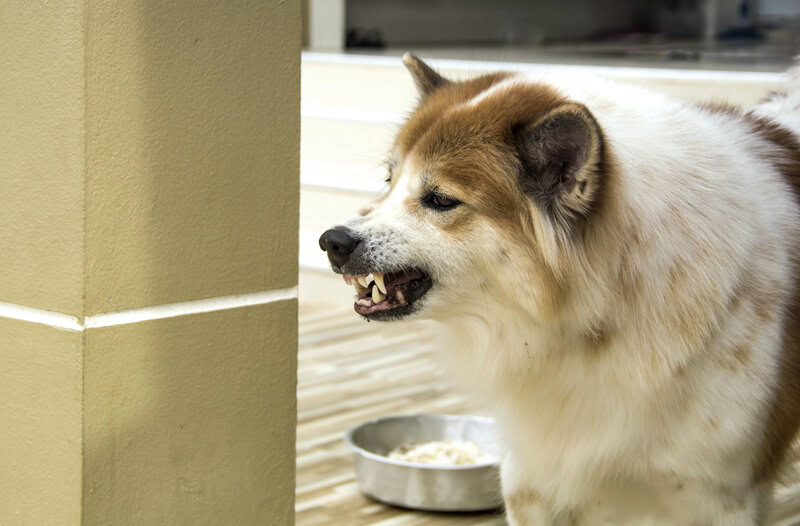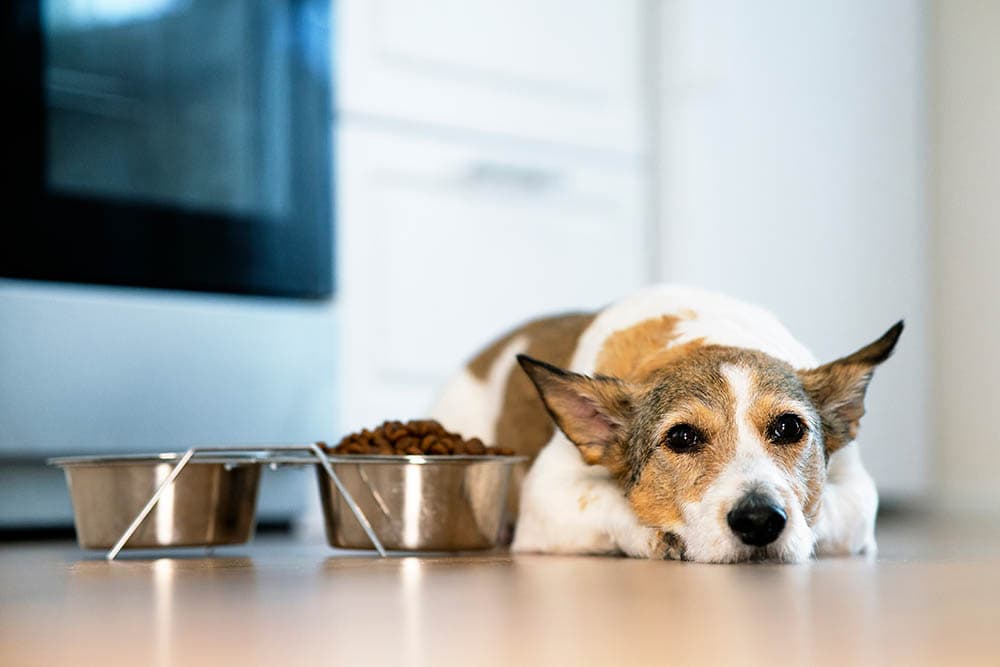VET APPROVED

The information is current and up-to-date in accordance with the latest veterinarian research.
Learn more »Dogs don’t have too many ways to communicate with people or others around them. They can reliably use body language with one another, but when it comes to communicating with people and other species, they really only have barking and growling. While growling is often seen as a sign of aggression, there are plenty of other times that a dog might growl.
Below, we look at the main causes of growling, whether you should be concerned, and whether there is anything you can or should do to stop the behavior.

The 6 Possible Reasons Why Dogs Growl
1. Feeling Threatened
A low, rumbling growl, is usually meant as a warning sign and it indicates that a dog feels threatened or scared. The growl will usually start low, but it may build up and become more agitated and sound more aggressive if the perceived threat is not removed or the situation resolved. You need to determine what is causing this growl and either resolve the issue, distract the dog’s attention from it, or put something in the way so your dog can’t see the threat any longer. It’s best to remove them from this situation so they can calm down before it escalates.
You should also ensure your dog is being socialized properly from an early age so that they don’t perceive everyday things as a threat. Getting them used to being around various people and animals, objects, and household items, as well as in different places and situations, will help them cope better, teaching them that there is no real threat. Positive reinforcement using a reward system is crucial in this instance. In some cases, you may need to enlist a behaviorist if things don’t improve.
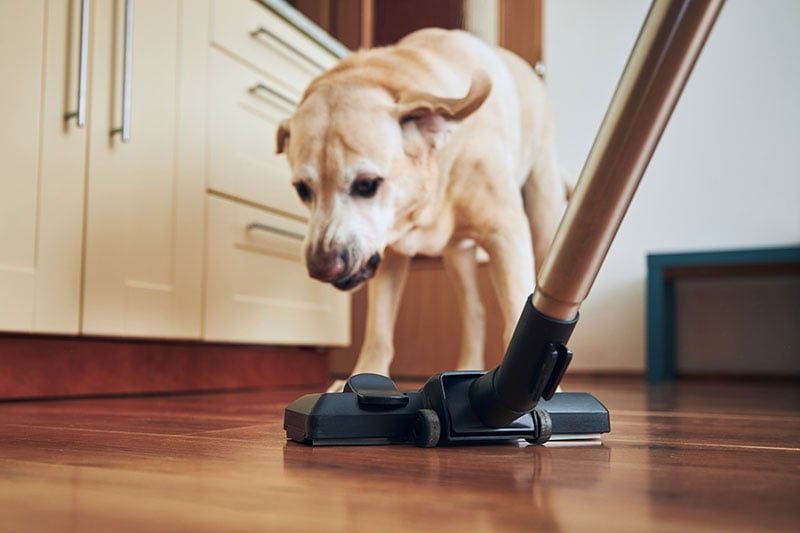
2. Playing and Excitement
If you’re playing and your dog starts to growl, it is likely just a sign that your dog is having fun and doesn’t want the game to stop. Other than the possibility of them becoming overstimulated or starting to play too rough, there isn’t any reason to stop your dog growling in this way. This type of play growling is especially common when playing tug of war or other tug games. And it is accompanied by playful movements such as your dog leaning forward with front legs on the ground and rear in the air.
3. Frustrated
A dog may growl when they’re frustrated. This could happen because they can’t reach or get to something they want or because they are frustrated that they aren’t getting what they want. Frustration can, in some dogs and in some cases, lead to anxiety and destructive behaviors, so you should take action to curb the frustration or prevent it from escalating.
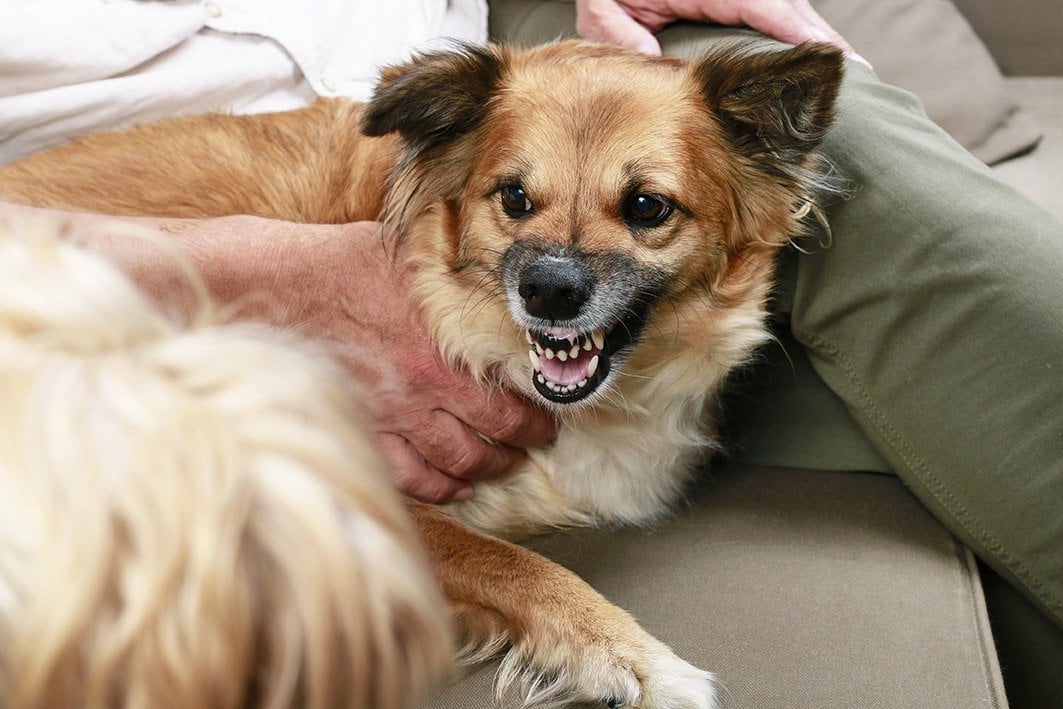
4. Happy
Some dogs growl when they’re happy, similar to a cat purring. This may happen when the dog is getting attention or affection from you and, like play growling, there’s no reason to stop this behavior. Rottweilers are especially known to do the happy growl and as long as you know that it is a happy growl, accompanied by playing and a relaxed body language, it should be celebrated and not prevented.
5. Feeling Scared
When provoked by fear, a growl may sound more like a snarl, and it will be accompanied by your dog showing their teeth and potentially snapping and barking, if they don’t see any other way out. Your dog may also raise their hackles and lunge toward the object, animal or person. You should try to safely separate your dog and whatever is causing the aggressive response. Do make sure you don’t get bitten, and once you have stopped your dog growling, determine the cause and the trigger.
Fear and stress can lead to growling, but more importantly, a growl is a warning from the dog and is often a sign they don’t want to escalate the situation, unless their warning is being ignored. Some dogs may growl or be more ready to bite due to previous negative experiences with humans. A larger issue exists if a dog tries to bite without giving out a clear warning, by growling or using body language. Speak to your vet or a certified canine behaviourist for advice on how to deal with growling in these situations.
6. In Pain
Sometimes, a dog may growl if they’re in pain. This may occur because your dog has suffered an injury, has a wound, has experienced physical trauma, or they are suffering from a painful health condition. Inadvertently and suddenly touching a painful spot will lead to a response in some dogs, from yelping to trying to bite, and they may even expect you, the vet, or anybody else that is trying to help, to make things worse.
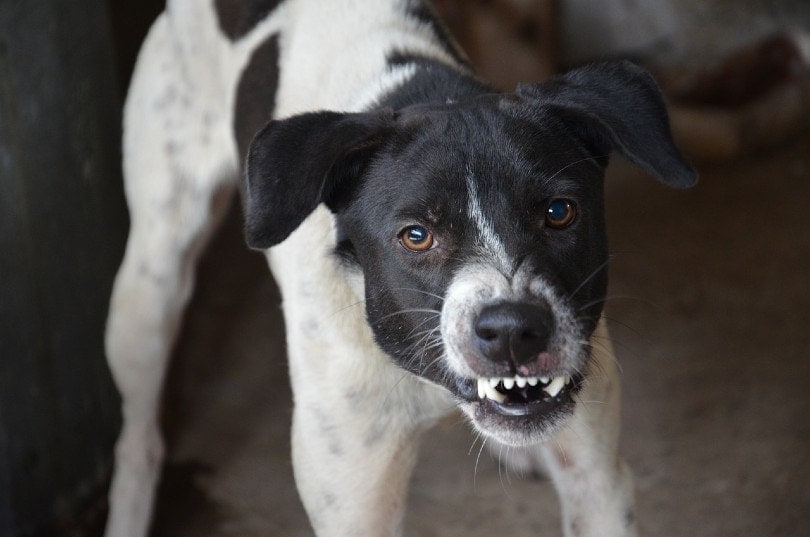

Final Thoughts
Generally, you should be able to tell from the context the cause of your dog’s growling and the reason for it. For example, it should be relatively easy to tell whether your dog is growling because they are in pain or if they are feeling threatened or scared. Look for clues, determine what is around you, and see whether you can identify any triggers.
Spotting triggers can help you prevent any future growling incidents, or in the case of happy growls, you can see what gets your dog so excited that it causes them to growl.
Featured Image Credit: Ton Bangkeaw, Shutterstock
